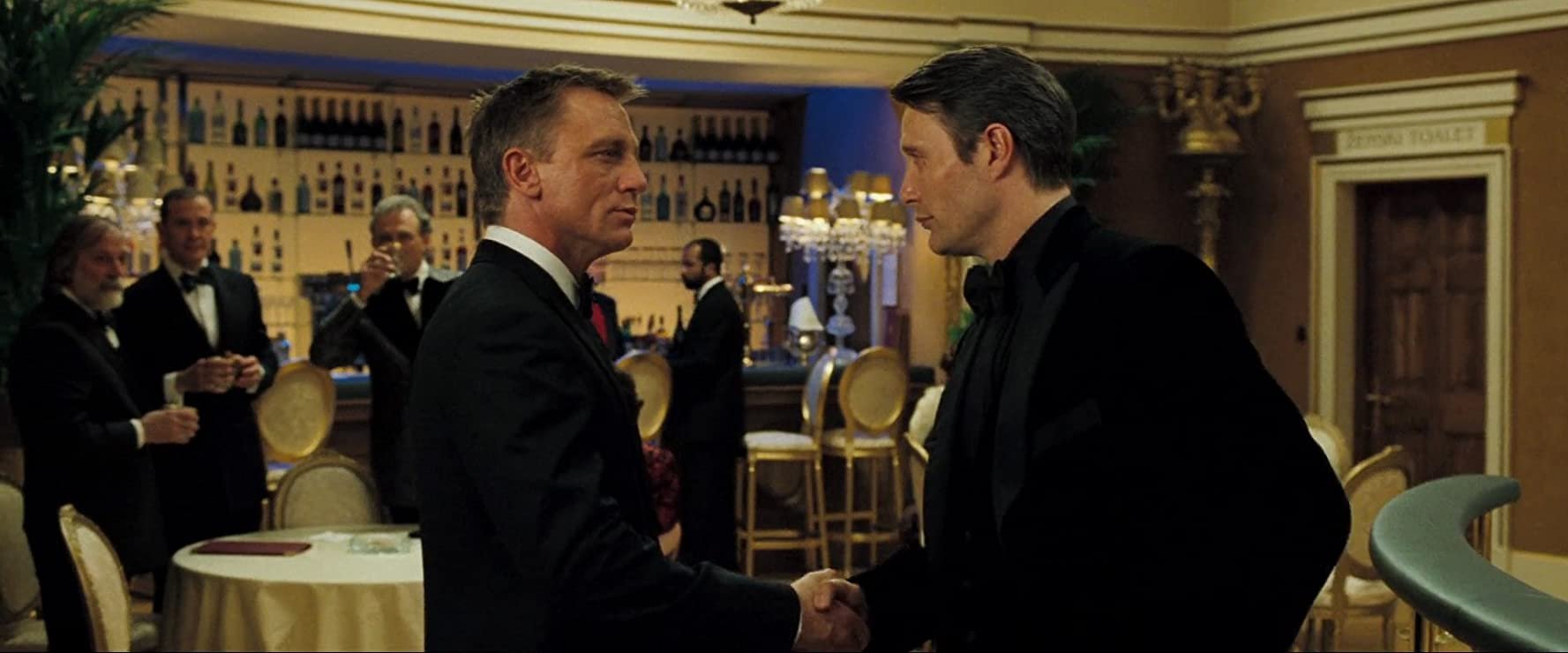Social Etiquette: How To Greet People
Introducing oneself to another is a vital skill that everybody needs to master. Even His Holiness The Pope is one of the few individuals who literally needs no introduction. Rather like The Queen. Despite needing no introduction, these individuals are masters of introduction etiquette.
It might sound boringly simple, but it is surprisingly a skill very few master, and it doesn't take very long, which is good news, chaps.
We will break down how introductions work, and by the end of this article, you will know everything you need to know, with additional knowledge being an extra luxury.
I. Cultural Awareness
How you introduce yourself will depend ultimately on two things:
- Where you are from
- Where you are located
Generally, you follow the customs of the country where the introduction takes place. If I'm in France, then social kisses may be in order. That's not very traditional in England, so it isn't expected.
Where you are from or where the other person is from is precisely the kind of cultural awareness seen by diplomats and heads of state. Some meeting in the middle of customs is perfectly ordinary.
II. Greeting Structure
Sticking with England, as that is the country I am from and whose language I write, here is how the correct structure of English greetings goes:
Hello / Good Morning / Afternoon etc.
Your name (you can say 'My name is', 'I am', but you don't have to).
How do you do?
Really?! 'How do you do?!' This is not the Edwardian era! Alas, no, but I am deadly serious in asking this question because it is not really a question to be answered. It's purely rhetorical and with no rising intonation.
We don't ask people how they are because it is insincere. Nobody sincerely cares how a stranger is. Similarly, 'Nice to see you.' Really? After 5 seconds you know if it is actually nice to see this person or not? Of course, it's just a pleasantry, but better to go with a sincere one.
Just avoid the tedious exchange, 'Yeah, nice to see you too, fine thanks, and you?' Believe me, I have witnessed that exchange one after the other by some eight people in the same situation - beyond pointless. That might sound normal and accepted, but that is not the same as being correct.
The correct response to this question is a 'How do you do?' back.
III. Full name or first name?
If this is the first time you have ever met this person with no prior correspondence, then best to get acquainted with full names.
This is especially useful in a more formal or business setting where you do not know who may know you (through mutual friends or publications). Think about it,
Incorrect: 'Hello, my name is James.'
James who? There are a million people with the name James.
Correct: 'Good afternoon. James Bond.'
There's a reason 007 utilises the power of the full name,
IV. What if you know of this person?
If you have had prior correspondence in writing, say, then you may ask how they are.
Better still, replace 'How are you?' with, 'It's nice to finally meet/see you!'
V. Make it count.
We really do judge a book by its cover and ignore claims to the contrary. You have less than 10 seconds to make a first impression.
How you finish a conversation may matter more than how you started it, but you might not to a good end if you do not master starting it properly and confidently. With the structure outlined above, you can fall back onto it timelessly and assure yourself of a clear and smooth introduction.



